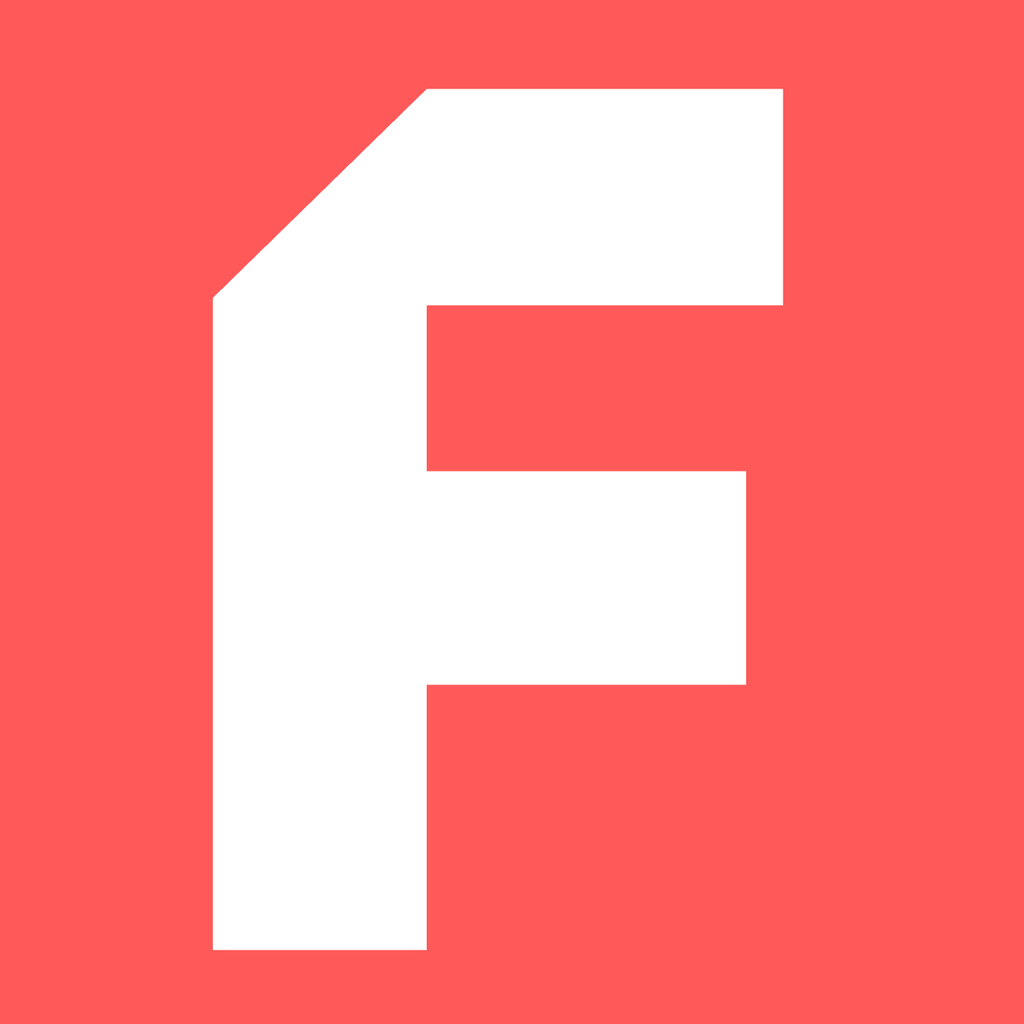How Stephen Walker Built a $10k/mo Newsletter Side Hustle
How Stephen Walker Built a $10k/mo Newsletter Side Hustle
Nov 18, 2024


Stephen Walker
Stephen Walker
⏳ 5 min
⏳ 5 min
Revenue/month
Revenue/month
$10,000
$10,000
$10,000
No. of founders
No. of founders
1
1
1
Startup costs
Startup costs
N/A
N/A
N/A
Company type
Company type
Company type
Creator, Saas
Creator, Saas
Creator, Saas
Contents
About The Company
About The Company
Meet Stephen Walker: a product management expert who built Product Strategy, a freemium newsletter that now has over 75,000 subscribers and brings in $10,000 a month. Oh, and he’s also building Klu.ai on the side—an AI tool for evaluating and optimizing language models. Pretty impressive, right?
Here's the lowdown on how Stephen did it and some advice for anyone looking to follow in his footsteps.
Meet Stephen Walker: a product management expert who built Product Strategy, a freemium newsletter that now has over 75,000 subscribers and brings in $10,000 a month. Oh, and he’s also building Klu.ai on the side—an AI tool for evaluating and optimizing language models. Pretty impressive, right?
Here's the lowdown on how Stephen did it and some advice for anyone looking to follow in his footsteps.
The Start: Turn Your Work Into Personal Projects
The Start: Turn Your Work Into Personal Projects
When Stephen was working at a product management job, he’d write internal content to keep his team up to speed on strategy. But one day, he switched companies and realized he’d left behind all that hard work.
“If you’re working for a company, one of the smartest things you can do is write for yourself,” he says.
Document the work you’re doing: the strategies, the challenges, the wins, the failures. That’s what Stephen did with Product Strategy. Every article was like a snapshot of his thinking—a way to keep track of what he was learning and share it with others.
💡 Tip: Write Your Own Playbook
Writing isn’t just for writers. It’s for anyone who wants to preserve what they’re learning and gain a fresh perspective over time. Whether you’re a designer, engineer, or marketer, start your own little “time capsule” of knowledge. It could turn into something bigger, like Stephen’s newsletter, or simply be a personal growth tool.
When Stephen was working at a product management job, he’d write internal content to keep his team up to speed on strategy. But one day, he switched companies and realized he’d left behind all that hard work.
“If you’re working for a company, one of the smartest things you can do is write for yourself,” he says.
Document the work you’re doing: the strategies, the challenges, the wins, the failures. That’s what Stephen did with Product Strategy. Every article was like a snapshot of his thinking—a way to keep track of what he was learning and share it with others.
💡 Tip: Write Your Own Playbook
Writing isn’t just for writers. It’s for anyone who wants to preserve what they’re learning and gain a fresh perspective over time. Whether you’re a designer, engineer, or marketer, start your own little “time capsule” of knowledge. It could turn into something bigger, like Stephen’s newsletter, or simply be a personal growth tool.

















2,678+ people enjoy it
➤ Every week, we dig up stories of how regular people started and grew their businesses—
➤ Plus the marketing hacks that won them customers.
➤ Then, we share those insights with you.
➤ Every week, we dig up stories of how regular people started and grew their businesses—
➤ Plus the marketing hacks that won them customers.
➤ Then, we share those insights with you.
From Side Hustle to $10k MRR
From Side Hustle to $10k MRR
Today, Product Strategy pulls in around $10,000 per month in recurring revenue. That’s no small feat, and it didn’t happen overnight. The newsletter is free to subscribe, but Stephen also offers paid memberships with extra content and tools, plus workshops on topics like product strategy and AI.
Business Model Breakdown
Freemium Newsletter: Free to subscribe with paid membership tiers for exclusive content.
Workshops: One-off sessions on hot topics like AI and strategy, making the content more actionable for readers.
He keeps it simple: provide value, stay consistent, and imagine what he’d have wanted to read years ago.
“You have to show up continually and do the work.”
Today, Product Strategy pulls in around $10,000 per month in recurring revenue. That’s no small feat, and it didn’t happen overnight. The newsletter is free to subscribe, but Stephen also offers paid memberships with extra content and tools, plus workshops on topics like product strategy and AI.
Business Model Breakdown
Freemium Newsletter: Free to subscribe with paid membership tiers for exclusive content.
Workshops: One-off sessions on hot topics like AI and strategy, making the content more actionable for readers.
He keeps it simple: provide value, stay consistent, and imagine what he’d have wanted to read years ago.
“You have to show up continually and do the work.”
Overcoming Procrastination with Self-Discipline
Overcoming Procrastination with Self-Discipline
If you’ve ever struggled with procrastination, you’re in good company. Stephen openly admits this is his Achilles’ heel. His way to tackle it? Shift your self-image.
“I am someone who makes the bed. I am someone who writes daily…”
He recommends The War of Art by Steven Pressfield—a book about fighting creative resistance.
"Whenever I wasn’t doing those things, I had to question myself. It’s harder to look yourself in the mirror when you’re not doing the things you claim to be."
That little mental check has made a big difference in showing up and getting the job done.
Takeaway: Make Small Identity Shifts
Identify the person you want to be in small ways. Are you someone who writes a paragraph a day? Then start writing. These tiny shifts build up and push you forward.
If you’ve ever struggled with procrastination, you’re in good company. Stephen openly admits this is his Achilles’ heel. His way to tackle it? Shift your self-image.
“I am someone who makes the bed. I am someone who writes daily…”
He recommends The War of Art by Steven Pressfield—a book about fighting creative resistance.
"Whenever I wasn’t doing those things, I had to question myself. It’s harder to look yourself in the mirror when you’re not doing the things you claim to be."
That little mental check has made a big difference in showing up and getting the job done.
Takeaway: Make Small Identity Shifts
Identify the person you want to be in small ways. Are you someone who writes a paragraph a day? Then start writing. These tiny shifts build up and push you forward.
The Art of Writing: Fast, Bad, and Wrong
The Art of Writing: Fast, Bad, and Wrong
His favorite piece of writing advice? “Write FBR” (Fast, Bad, Wrong). The idea is to get it out of your head and onto paper—even if it’s rough.
Editing comes later. Hemingway, Star Wars, you name it—it all started as a mess that got cleaned up in the edit. Stephen writes on weekends, edits on Sundays, and churns out drafts that often never see the light of day.
Key Lesson: Quantity Leads to Quality
The more you write, the better you get at distilling your thoughts. Writing becomes a process of self-reflection and clarity—don’t worry if it’s ugly at first. Quantity leads to quality.
His favorite piece of writing advice? “Write FBR” (Fast, Bad, Wrong). The idea is to get it out of your head and onto paper—even if it’s rough.
Editing comes later. Hemingway, Star Wars, you name it—it all started as a mess that got cleaned up in the edit. Stephen writes on weekends, edits on Sundays, and churns out drafts that often never see the light of day.
Key Lesson: Quantity Leads to Quality
The more you write, the better you get at distilling your thoughts. Writing becomes a process of self-reflection and clarity—don’t worry if it’s ugly at first. Quantity leads to quality.
From 0 to 75k Subscribers
From 0 to 75k Subscribers
Stephen’s newsletter didn’t jump to 75,000 subscribers overnight. In fact, he remembers the grind from 0 to 1. The key was consistency and patience.
“Nothing happens overnight, and the earlier you internalize this, the happier you will be with your daily progress.”
He shared his newsletter wherever he could—closing in-person talks with a link to the site, sharing his thoughts on social media, and connecting with people directly. Slowly but surely, the audience started to snowball.
Tip: Build Your Own Snowball
Find little ways to share your work consistently. Over time, interest builds on itself. You may not get massive traction right away, but each small interaction adds up.
Stephen’s newsletter didn’t jump to 75,000 subscribers overnight. In fact, he remembers the grind from 0 to 1. The key was consistency and patience.
“Nothing happens overnight, and the earlier you internalize this, the happier you will be with your daily progress.”
He shared his newsletter wherever he could—closing in-person talks with a link to the site, sharing his thoughts on social media, and connecting with people directly. Slowly but surely, the audience started to snowball.
Tip: Build Your Own Snowball
Find little ways to share your work consistently. Over time, interest builds on itself. You may not get massive traction right away, but each small interaction adds up.
Understanding Product-Market Fit
Understanding Product-Market Fit
You’ve probably heard “product-market fit” a thousand times, but for Stephen it’s a game-changer. If you’re not hitting the right audience, your results will be disappointing, plain and simple. That’s why he advises talking to people—lots of people.
“If people aren’t excited or you can’t find people with the problem you’re solving, you have to ask yourself why.”
He recommends reading The Mom Test by Rob Fitzpatrick, which helps you get real feedback without bias. It’s a way to see if there’s genuine interest or if you need to pivot.
You’ve probably heard “product-market fit” a thousand times, but for Stephen it’s a game-changer. If you’re not hitting the right audience, your results will be disappointing, plain and simple. That’s why he advises talking to people—lots of people.
“If people aren’t excited or you can’t find people with the problem you’re solving, you have to ask yourself why.”
He recommends reading The Mom Test by Rob Fitzpatrick, which helps you get real feedback without bias. It’s a way to see if there’s genuine interest or if you need to pivot.
Don’t Be Afraid to Miss the Mark
Don’t Be Afraid to Miss the Mark
Not everything Stephen tried was a success. He recalls reaching out to a site for guest writing opportunities early on, and they were interested in collaborating on a course. But he admits he dropped the ball, possibly because he wasn’t hungry enough at the time.
“Who said you miss 100% of the shots you fail to take?”
Lesson? Everyone misses shots, even the ones that might lead somewhere great. But you learn from it and keep moving forward. It’s about having a growth mindset and constantly being willing to take action.
Not everything Stephen tried was a success. He recalls reaching out to a site for guest writing opportunities early on, and they were interested in collaborating on a course. But he admits he dropped the ball, possibly because he wasn’t hungry enough at the time.
“Who said you miss 100% of the shots you fail to take?”
Lesson? Everyone misses shots, even the ones that might lead somewhere great. But you learn from it and keep moving forward. It’s about having a growth mindset and constantly being willing to take action.
The Importance of Just Starting
The Importance of Just Starting
Stephen’s philosophy on starting is simple: just do it. He advises setting up a minimum viable product (MVP) and charging for it early.
“Sales seems like a dirty word, but people want to pay for their problems to be solved and to be entertained.”
He runs everything himself on Ghost (a simple, self-hosted platform) and keeps things lean with DigitalOcean hosting. His advice? Find the simplest, cheapest setup you can, and just start. Most projects won’t blow up right away, so don’t worry about having the perfect infrastructure.
Quick Tips to Get Started:
Host it yourself: Stephen recommends Ghost and DigitalOcean. Simple, cost-effective, and you own it.
Use free tools: There’s a ton of free stuff out there.
Don’t wait to charge: Validate your idea with paying customers, even if it’s a small amount.
Starting isn’t about waiting for a golden opportunity; it’s about taking action, seeing what works, and improving over time.
Stephen’s philosophy on starting is simple: just do it. He advises setting up a minimum viable product (MVP) and charging for it early.
“Sales seems like a dirty word, but people want to pay for their problems to be solved and to be entertained.”
He runs everything himself on Ghost (a simple, self-hosted platform) and keeps things lean with DigitalOcean hosting. His advice? Find the simplest, cheapest setup you can, and just start. Most projects won’t blow up right away, so don’t worry about having the perfect infrastructure.
Quick Tips to Get Started:
Host it yourself: Stephen recommends Ghost and DigitalOcean. Simple, cost-effective, and you own it.
Use free tools: There’s a ton of free stuff out there.
Don’t wait to charge: Validate your idea with paying customers, even if it’s a small amount.
Starting isn’t about waiting for a golden opportunity; it’s about taking action, seeing what works, and improving over time.
Boost your business visibility to thousands of engaged readers!
Get Featured on 100+ pages across the FounderNoon website.
One month stretch ⇢ $100
Three-month stretch ⇢ $250
Boost your business visibility to thousands of engaged readers!
Get Featured on 100+ pages across the FounderNoon website.
One month stretch ⇢ $100
Three-month stretch ⇢ $250
What’s Next for Stephen?
What’s Next for Stephen?
Today, Stephen spends most of his time on Klu.ai—an AI platform for building and optimizing models. He’s also developed a testing suite called QUAKE to evaluate AI models, which he plans to expand further. His passion for AI and product management continues to fuel his projects.
And of course, he still writes for Product Strategy, sharing what he’s learning along the way.
Today, Stephen spends most of his time on Klu.ai—an AI platform for building and optimizing models. He’s also developed a testing suite called QUAKE to evaluate AI models, which he plans to expand further. His passion for AI and product management continues to fuel his projects.
And of course, he still writes for Product Strategy, sharing what he’s learning along the way.
Final Takeaways
Final Takeaways
Stephen’s story shows that success with side projects isn’t an overnight thing. It’s about consistent action, staying curious, and being willing to adapt.
Here’s what you can take from Stephen’s journey:
Document what you’re learning - Make your own “time capsule” of insights, even if no one else sees it.
Do the work, consistently - There are no shortcuts. Show up, write, and share.
Embrace feedback - Listen and adapt.
Start lean and get moving - Don’t worry about the perfect setup; just launch and iterate.
Keep learning - Stephen reads, writes, and experiments constantly. Learning fuels everything he does.
So if you’re sitting on an idea, stop waiting and start doing. The journey won’t be perfect, but it’ll be real—and that’s what counts.
P.S. I’ve got a weekly newsletter where I share stories about founders who have started successful online businesses, growth strategies, business ideas, and tips to start/grow your own business. I would love for you to join here
Shoot me a DM if you want to share your story or visit this page to submit your information 💌
- h/t Indie Hackers, Productboard ⇢ Great resources
Stephen’s story shows that success with side projects isn’t an overnight thing. It’s about consistent action, staying curious, and being willing to adapt.
Here’s what you can take from Stephen’s journey:
Document what you’re learning - Make your own “time capsule” of insights, even if no one else sees it.
Do the work, consistently - There are no shortcuts. Show up, write, and share.
Embrace feedback - Listen and adapt.
Start lean and get moving - Don’t worry about the perfect setup; just launch and iterate.
Keep learning - Stephen reads, writes, and experiments constantly. Learning fuels everything he does.
So if you’re sitting on an idea, stop waiting and start doing. The journey won’t be perfect, but it’ll be real—and that’s what counts.
P.S. I’ve got a weekly newsletter where I share stories about founders who have started successful online businesses, growth strategies, business ideas, and tips to start/grow your own business. I would love for you to join here
Shoot me a DM if you want to share your story or visit this page to submit your information 💌
- h/t Indie Hackers, Productboard ⇢ Great resources







